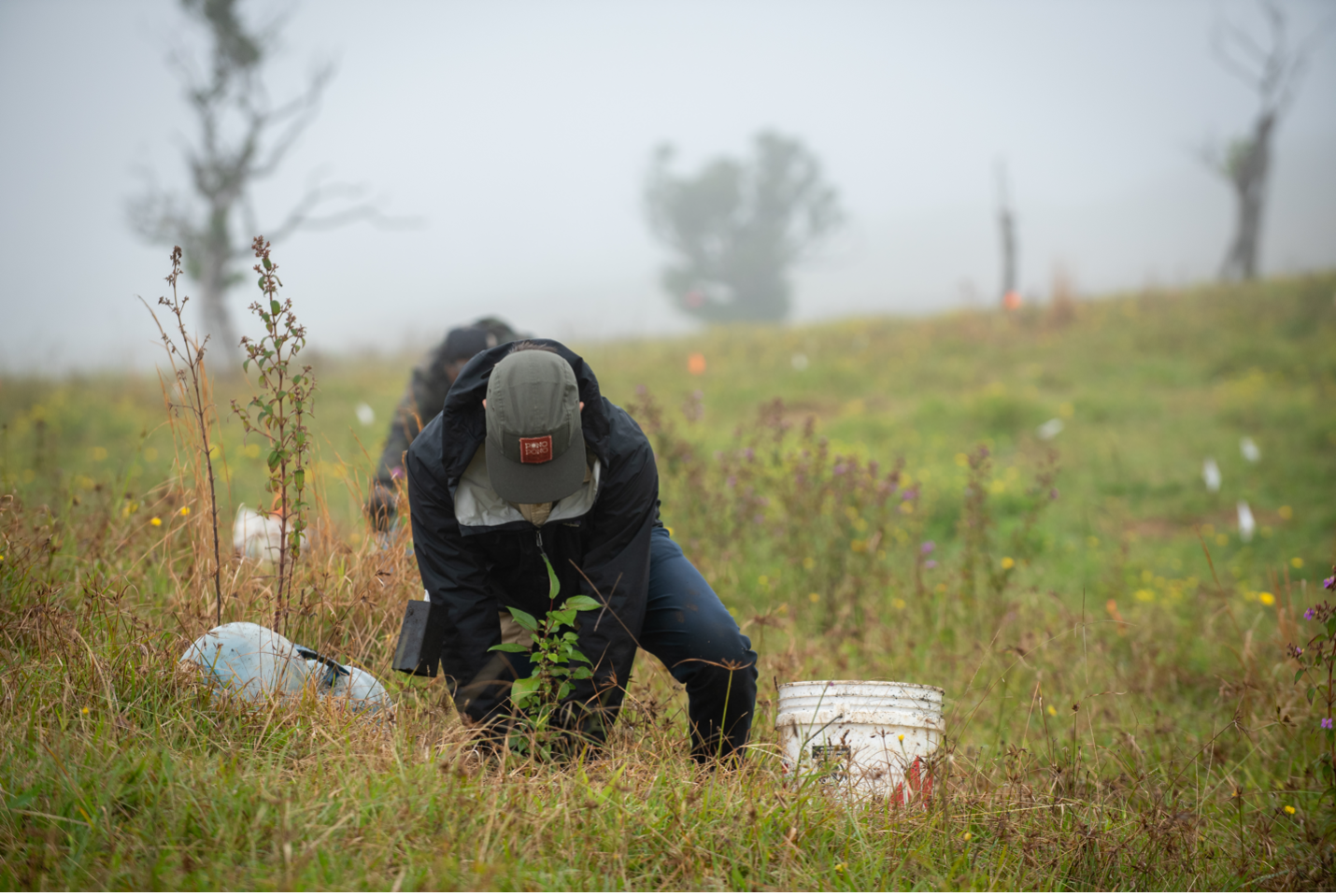
Climate change is real. We see the impacts every day, from the increased
incidence of once in a lifetime wildfires in Australia and the western
United States to life-threatening heatwaves in India, to “Day Zero”
water crises in South Africa. Unchecked, these unprecedented climate
events will become more common. And while the problem is global, it has
become clear to me that solutions must be implemented locally, where the
effects are most acutely felt. Recently, I visited Hawai’i to film the
latest episode of Now Go Build. Hawai’i’s broad ecosystem represents a
majority of the climate zones found on earth, which makes it a perfect
place to experiment with large scale reforestation. It also makes it the
ideal home for
Terraformation, a
startup dedicated to building scalable solutions for ecosystem
restoration.
Before we go any further, it helps to understand that over the course of
the last two centuries, Hawai’i has been mined for its resources and
rapidly developed. Areas where forests once stood have been logged and
used for cattle grazing, and now sit eroded and wind swept. Sediment and
runoff from this soil are the most common cause of water pollution for
Hawai’i. Invasive plants and animals have thrived, increasing the risk
of fires. And in the last four years alone, urban Honolulu has lost
76,000 trees to urban
development
significantly reducing tree cover in the city.
There are people working to reverse this trend. Yishan Wong, the Founder
and CEO of Terraformation, has an ambitious goal to reforest 3 billion
acres globally. A landmass larger than the United States that would be
home to nearly 1 trillion trees. An effort of this magnitude, in his
estimation, could help to meaningfully stabilize the climate and it is
only possible because of the cloud. And it all starts on the Big Island
of Hawai’i at the Pacific Flight at Kaupalaoa pilot restoration site.
Fresh water is the single most important resource required for
reforestation. And as I’m sure you can imagine, there is no guarantee
that the sites available will have access to the volume of fresh water
needed to grow and sustain a healthy forest. Pacific Flight is a perfect
example. It’s comprised of 45 acres of denuded and desertified land that
gets most of its water from a brackish well with a high salinity rate.
For any chance to successfully regrow a forest, innovation was required,
and Terraformation has delivered by creating the world’s largest
off-grid, solar-powered desalination facility.
Their desalination process is powered by solar panels during the day and
shut off at night, removing any reliance on expensive batteries for
power storage. It is efficient, cost effective, and already producing
encouraging results. Today, Pacific Flight produces roughly 34,000
gallons of water per day and sustains more than 6,000 trees. Consider
how this implementation can help to accelerate worldwide reforestation
efforts in arid off-grid locations. It is a simple and replicable
solution for water and land scarcity bottlenecks.
The trees that Terraformartion is growing in Hawai’i are native to
Hawaiian forests, and planted from matured seeds that have been
harvested from plants already acclimatized to their natural
surroundings. These seedlings have the best chance to grow into healthy
and resilient forests. Growing one trillion trees is a monumental task.
Growing one trillion trees that are both diverse and native to the
region where they will be planted is even harder, especially when you
consider that a 50% germination rate is the best case scenario. Put
simply, Terraformation not only needs a lot of seeds to hit their goal,
but they need to store those seeds and track details about each to
properly reseed the planet.
Terraformation is solving the problem of seed storage by creating a
decentralized network of modular seed banks, and they see tremendous
opportunities to streamline the processes of identifying and tracking
seeds as they are collected and planted, and monitoring growth over
time. At its core, this is a data problem, and they are solving this
problem using AWS technologies for their data science, data storage, and
for native web application development. Their mobile
app
allows seed collectors to quickly create a digital record for each plant
in real-time, including pictures, GPS coordinates, the species, and the
date it was harvested. Data from the mobile app is then stored in a
database. Over time, with some analysis, this growing dataset will help
Terraformation and their partners bank the right seeds, and plant them
in the right places at the right times. A perfect marriage of human
intuition and cloud technology.
I’m excited to see what Terraformation will do next and how AWS can
help. They are already thinking of how to use drones and LIDAR data to
monitor and model forest growth, and calculate carbon capture. They see
a future where technologies like low-earth orbit (LEO) satellite
connectivity enable nursery and seed bank expansion to remote off-grid
locations.
It is easy to look at problem like climate change and think the worst.
But I am optimistic. I truly believe that this is human problem that we
can collectively solve.
Now, Go Build!
